What is the St James Way?
The St James Way, also called the Way of Saint James, is among the oldest and most well-known pilgrimage routes globally. Commonly referred to as the Camino de Santiago or simply the Camino, it consists of various routes that stretch across Spain, France, and Portugal, all leading to the city of Santiago de Compostela in the region of Galicia, northern Spain.
According to tradition, the Cathedral of Santiago is the resting place of St James (known as Santiago in Spanish). Curious about how his remains are believed to have ended up there? You can find out more about this and other fascinating stories by exploring the history of the Camino de Santiago.
Table of contents
Where does the St James Way begin?
If you want to walk a pilgrimage route, you will naturally wonder where you should start. When walking the St James Way, however, there is no definitive answer about where the Camino begins. This is because ancient pilgrims would begin their journey to Santiago right from their own homes. Today, there are many different routes for modern pilgrims to choose from, depending on their country preference, the length of their walk or whether or not they want to get a Compostela certificate at the end of the walk.
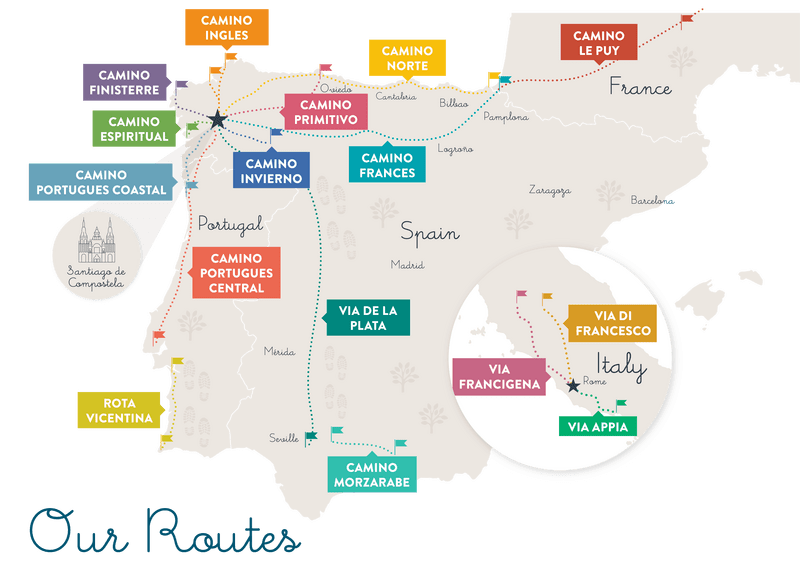
Over the years, some routes have become more popular than others, whether it’s due to the Camino community on these routes, the scenery on the coastal Caminos, the food on the Camino and more. Below you’ll find the top 5 routes along the St James Way that pilgrims love to walk today.
1. The Last 100km of The Camino Frances (The French Way)
The Camino Frances is by far the most popular Camino de Santiago route, and the final section of the French Way continues to delight pilgrims from all over the world. The last 100km from Sarria to Santiago is the perfect route for first-timers, those seeking a great sense of community and those hoping to enjoy some food and wine in the lively towns and cities.
The Camino Frances has been featured in many books and movies about the Camino, including the 2010 film ‘The Way’ starring Martin Sheen. The popularity of this particular route along the St James Way has led to a fantastic atmosphere with pilgrims arriving from all over the world.

The journey begins in Sarria and meanders through elegant medieval towns and the lush countryside. Finishing in Santiago de Compostela is the pinnacle of most Caminos, which is no different. If this is your first Camino, The French Way is for you! It’s also worth noting that any pilgrim hoping to get a Compostela certificate at the end of their journey on the St James Way must walk at least 100km of a route. This is another reason why this section of the Camino Frances is so beloved.
Discover the last 100km of the Camino Frances.
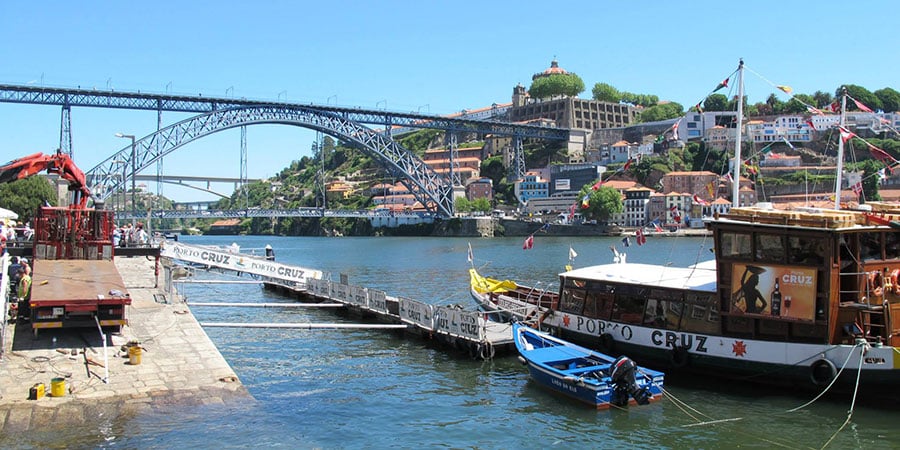
2. The Portuguese Coastal Way (The Camino Portugues)
The Camino Portugues, or Portuguese Coastal Camino, is a stunning alternative to the Camino Frances and has continued to grow in popularity every year. From Porto, the Camino Portugues follows the coast all the way to Santiago. This way is also a treat for the taste buds, as the culinary experience is ever-changing as you move from Portugal to Spain on your way to Santiago.
You can walk the last 100km from Vigo to Santiago, stamping your pilgrim passport along the way, or if you would like more of a challenge, you can start your Camino in Porto, the beautiful coastal city in the north of Portugal. The city is home to Port wine and wonderful history, culture and food.
Discover the Camino Portugues from Porto.
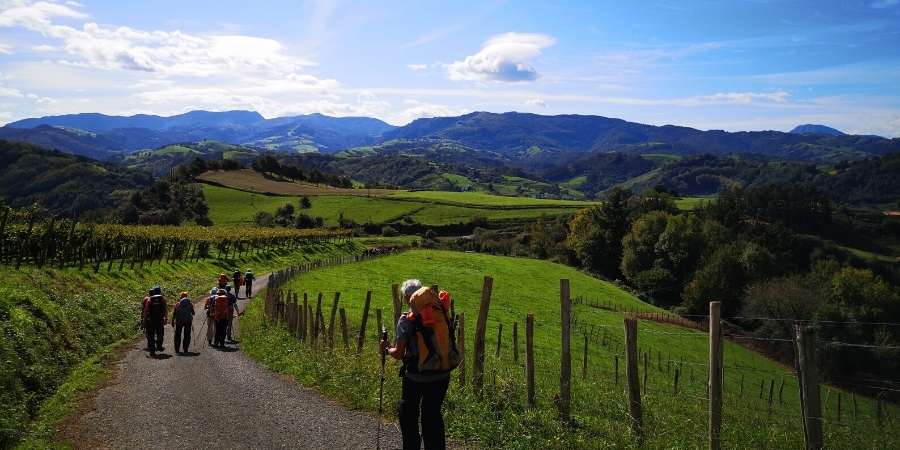
3. The Northern Way (Camino del Norte)
The Camino del Norte, or Northern Way, starts in the Basque Country, in the trendy seaside city of San Sebastian, a mecca for food lovers. Those who enjoy exploring fishing villages will savour the experience offered by the Camino del Norte. On this route, you will find many colourful seaside towns with amazing restaurants and beaches to die for.
The Northern route of the St James Way also passes through Bilbao, which is packed with things to see and do. The famous Guggenheim Museum is a real highlight, the architecture of the building is renowned, and the exhibitions inside are plentiful and varied.
Discover the Northern Way from San Sebastian to Bilbao.
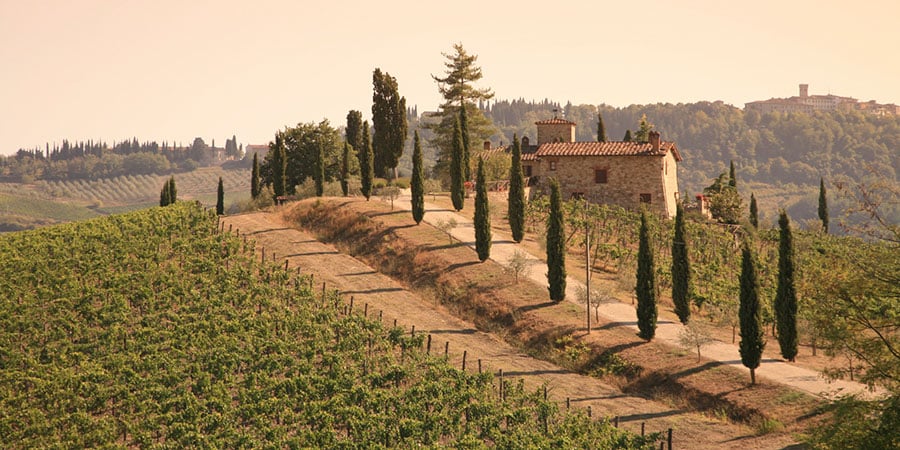
4. The Via Francigena
The Via Francigena (Camino to Rome) is an alternative take on the traditional routes of the St James Way in that you finish in the Italian city of Rome rather than Santiago.
It takes approximately 20 days to complete the full Via Francigena from Lucca to Rome. However, it is possible to do it in sections. One of the most popular sections is the Via Francigena in Tuscany. Many pilgrims complete this section and walk from Lucca to Siena in a week.
On the Tuscan section of the Via Francigena, walkers enjoy the rolling hills and vineyards of the region. The Roman architecture dotted throughout the trail is very different from other Camino routes, and the medieval towers in Siena are a must-see. This historical, artistic, cultural and gastronomic tour is a welcome addition to the Camino.
Discover the Via Francigena in Tuscany.
5. Cycling The Camino Frances
Did you know that you can also cycle the St James Way? Traditionally, many pilgrims would have travelled on horseback, and although today some still do, cycling is a very popular way to get to Santiago. The greatest advantage of cycling is that you can cover twice the distance in the same amount of time.
You’ll need to cycle 200km of the Way of St James in order to get your Compostela, and the last 200km of the French Way is the most popular way to do this. The trip begins in Ponferrada and moves across Galicia’s countryside, forest trails and villages to the sacred city of Santiago de Compostela.
Discover the Camino Frances from Ponferrada to Santiago.

St James’ Day
One of the biggest celebrations along the St James Way is St James’ Day. During the last two weeks in July, Santiago de Compostela celebrates its biggest festival of the year: St James Festival or the Apostle Festival (Festas do Apóstolo). St James is the patron saint of Santiago de Compostela and Galicia, which means St James Day is also Galicia’s National Holiday.
Holy Year
A Jacobean Year or Ano Xacobeo is a Jubilee or Camino Holy Year. A year is considered a Jacobean or Holy Year when Saint James’ Day, 25th July, falls on a Sunday. If you are planning your Camino de Santiago in July and arriving in the city after the 15th of July, you should definitely stay in Santiago for a few days to enjoy this unique festival. Because of leap years, Holy Years follow a pattern of 6-5-6-11 years. 2021/2022 was the most recent Jacobean Year. 2027 will be the next Ano Xacobeo, followed by 2032, and so on.
For more information about any routes along the St James Way or if you would like help planning your own Camino de Santiago adventure, please don’t hesitate to contact us.
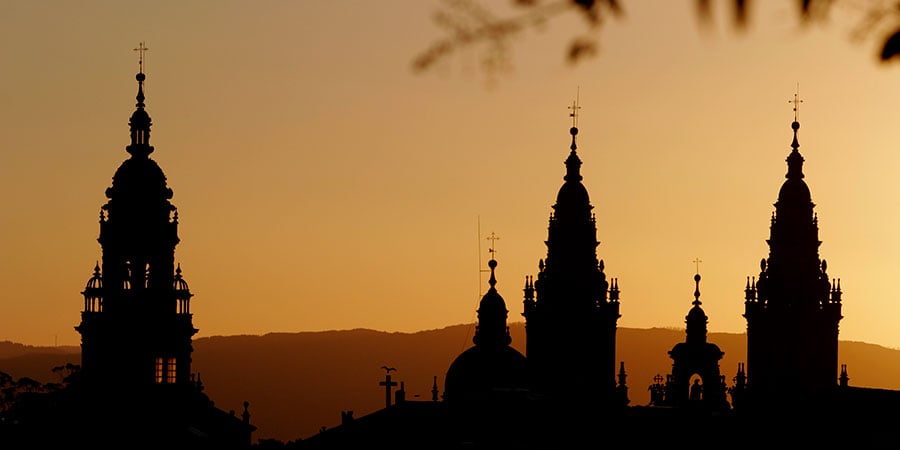
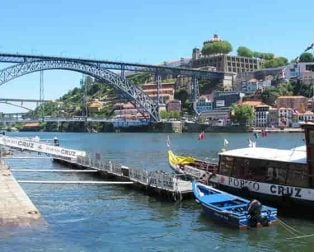
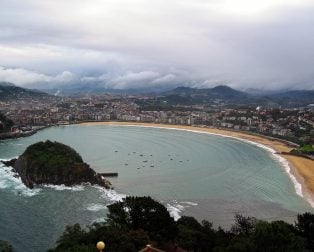


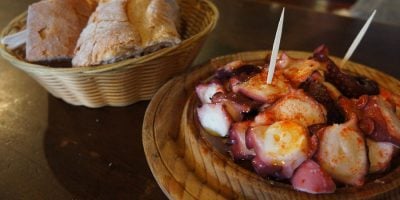
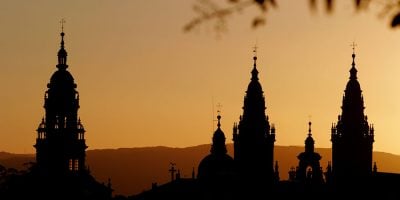
Are you able to accommodate some with gluten and dairy allergies?
Hi Pene, thank you for your message. Yes this is possible. If you are booking a trip with us and you have any dietary requirements (allergies, vegan, vegetarian, food intolerances etc.), please make sure to let our team know with as much notice as possible so we can let the hotels know in advance.
what is the best season (month) to do either the French or Portuguese Route?
Hi Jim, check out our blog on best seasons to walk the camino https://caminoways.com/best-seasons-to-walk-the-camino-de-santiago. These are the two most popular routes, with most pilgrims walking in either May or September, so if you wish to avoid crowds, hot summer days (July/August) I would suggest October as the weather is generally nice and the autumn/fall season can make for beautiful scenery.